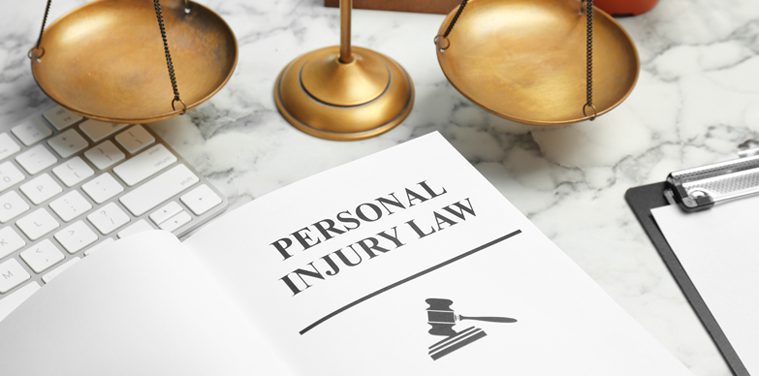Popular Blogs

Being injured in an accident due to someone else’s negligence can be disheartening. The injuries you suffer, the financial losses you incur, and the mental strain that the accident causes can have lasting effects. What eases the distress in such situations are laws and personal injury lawsuits that help you seek the compensation you are entitled to from the liable party.
Personal injury laws allow the injured party, the plaintiff, to demand monetary compensation from the party at fault legally.
Here are some instances that fall under personal injury:
Before you decide to file a lawsuit for an injury you incurred, it is vital to understand the process of a personal injury lawsuit and all that it involves:
The initial consultation takes place between the injured person and a lawyer. You are required to discuss the details of the accident with the lawyer and mention the nature and extent of the injury suffered. Be sure to answer all the queries posed by the lawyer to ensure that your case is evaluated accurately. Based on your answers and the details you disclose, the lawyer will be able to come up with the best course of action to help you seek compensation from the liable party.
You can also inquire about the lawyer’s experience during the consultation to help determine if the lawyer has the expertise to take on your case.
If your case proves to be one where you can file a lawsuit to seek a settlement, according to a lawyer, you can proceed by filing the initial documents in court. The complaint will include details such as the nature of the accident, the extent of your injuries, and the settlement you wish to seek for the damages incurred. The defendant will then file a response to the personal injury claim you have filed.
Once both parties have filed the initial documents, your lawyer will need to send a list of queries to the defendant regarding the accident. Your lawyer may also get in touch with a medical expert or an accident reconstruction expert to collate reports that serve as evidence. These experts can also be called upon during a trial to testify on behalf of you.
Pretrial hearings are meetings between the parties undergoing a legal dispute. This meeting takes place before the official trial once a lawsuit is served. The meeting may be between the plaintiff, the defendant, their attorneys, and the judge presiding over their case.
During a pretrial, both sides may try and compel the other to provide evidence regarding the accident. The defendant can file a pretrial motion to dismiss the lawsuit based on lack of evidence.
Pretrial motions are written pleadings asking the presiding judge to take action regarding a criminal case. The motion can also be oral in some cases. Both parties are required to argue their motions before a judge so that the Judge can decide on a motion.
Often, both parties agree to file motions to help resolve the case before leading to trial.

A court trial can be extremely time-consuming, with one or the other party almost always filing an appeal. Rather than taking the case to trial, attorneys can settle through negotiation or mediation. Mediation involves having a third person act as a mediator to help the parties involved in the accident settle.
In most cases, the case is resolved during the negotiation stage. Lawyers understand the implications of a case going to a trial and do their best to settle out of court. However, if negotiations fail, the case is then taken to trial. The judge and jury are presented with the case details and the evidence, based on which a judgment is passed.
Once a settlement is reached between the parties involved, whether through mediation or the court’s judgment, the lawyer will help you through the process of collecting the settlement and distributing it.
Once the court passes a judgment, one can file an appeal if the judgment is not in their favor. The liable party may file an appeal to reduce the settlement amount if the judgment is in your favor. Similarly, you can file an appeal if the judge rules in favor of the liable person. The parties involved can also try to settle the case through negotiation while the case is on appeal.